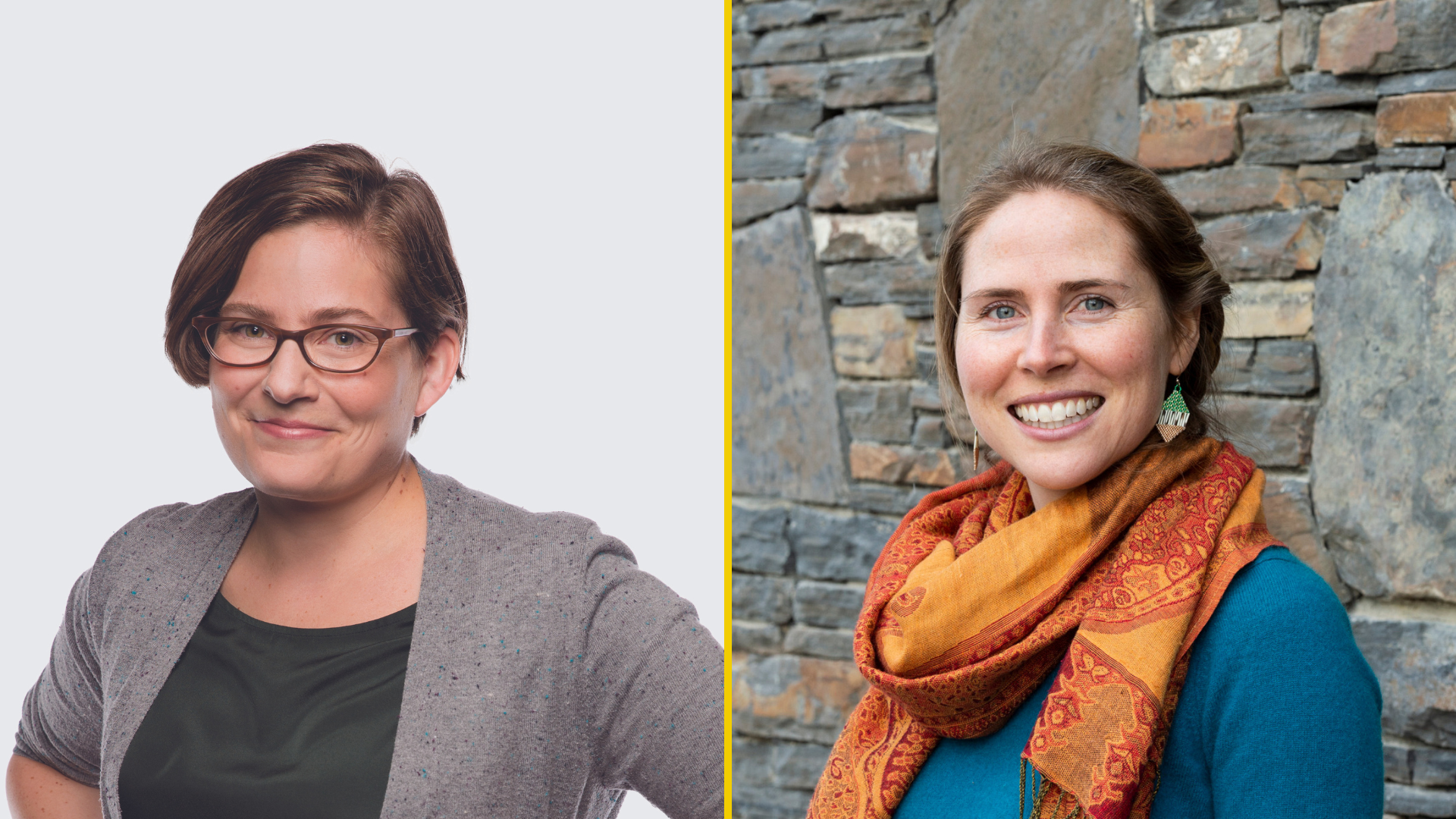Connecting to the more-than-human world through Canadian and Indigenous laws
Geoff McMaster - 6 February 2024

Indigenous peoples in Canada have long found contrast with the western legal traditions brought to their homelands, partly because of divergent perspectives on the “more-than-human.”
While both Canadian and Indigenous legal orders house diverse approaches, some trends can be identified. Canadian law largely thinks of animals and other non-human beings as property to be exploited for human interests. On the other hand, many Indigenous legal orders consider animals as another type of ‘people’ or Nation.
Amid climate change, it is increasingly apparent how our very survival depends on our relationship with animals, plants, water, land and air. How we understand the more-than-human is also a key part of any genuine attempt at reconciliation between Indigenous and Canadian constitutional law.
Steps towards that reconciliation are reflected in groundbreaking court cases, such as that involving the Tsilhqotʼin Nation, a Dene-speaking community whose homelands extend generally between the Fraser River and the Coast Mountains in what is now known as west-central British Columbia. In 2014 the Supreme Court of Canada upheld the Nation’s claim to jurisdiction over a portion of its traditional territory.
Across the country, Indigenous and non-Indigenous legal scholars are looking for ways to better understand and relate to non-human elements in our world. Researchers in the University of Alberta’s Faculty of Law are helping to lead one of these essential conversations.
Last spring, Associate Professor Jessica Eisen and Lindsay Borrows (a doctoral candidate at U of A Faculty of Law and law professor at Queen’s University) organized a national workshop in Victoria called “Our More-Than-Human Constitutions” with scholars, practitioners, community members and activists. Supported by a SSHRC Connection Grant, the workshop examined Indigenous and non-Indigenous legal approaches to the more-than-human world and how they might apply in contemporary contexts in Canada.
“There’s a tendency to think that Indigenous laws and state law have nothing to do with each other,” says Eisen. “That’s just not an accurate description of the way law works on the ground anymore.
“In fact, our relationships with the more-than-human world are shaped by diverse legal orders that interact with each other in complex and dynamic ways.”
One contributor to the workshop, Assistant Professor Godwin Dzah suggested putting greater emphasis on water as opposed to rooting jurisdictional claims primarily in land, says Eisen, adding that for nations with a claim to title over rivers, lakes or ocean territories, the standard legal test for title in Canadian state law is often inadequate.
Others talked about the need to acknowledge the subjectivity of animals and pointed towards a rights-based framework of protection for non-human features in the environment.
The Tsilhqotʼin Nation is an example of a First Nation grounding environmental stewardship in their own worldviews and legal traditions, says Borrows. Following the Supreme Court decision, Tsilhqot’in citizens working as Guardians (what the province would call conservation officers) — the “eyes and ears of the land” — now patrol, often on horseback, performing a range of duties including water sampling and protecting against illegal harvesting
“The Guardians see themselves as educators and protectors as they practice long-standing obligations to the many beings in their territories” says Borrows. Along with Xeni Gwet’in First Nations Government and Yuneŝit’in Government, the Tsilhqotʼin established the Dasiqox Tribal Park — a land, water and wildlife Indigenous Protected and Conserved Area located about 125 kilometres southwest of Williams Lake, B.C.
The park’s website describes it as “an alternative vision for the management and governance of the land,” one reflecting the values of its people “based on ecological protection, cultural revitalization and sustainable livelihoods.”
And through the leadership of ?Esdilagh First Nation, the Tsilhqotʼin also passed legislation in 2020 to protect the Sturgeon River, says Borrows, “recognizing that the river has a number of rights.”
All these developments “help us to see that conversations about our legal relationships to the more-than-human world are so much richer and more productive when they acknowledge and grapple with Canada’s multi-juridical context,” adds Eisen.
After extensive discussions at the "Our More-Than-Human Constitutions” workshop, attendees are now working on written contributions for an upcoming special issue of the Review of Constitutional Studies.
“It's really important that multiple conversations happen between different communities of interest,” says Eisen. “There is critical work that happens within each of these diverse scholarly communities, particularly respecting the revitalization and amplification of Indigenous laws. At the same time, we really value these moments where people working in different intellectual traditions – Indigenous law, animal law, and environmental law – come together to learn and grow from each other’s approaches.”